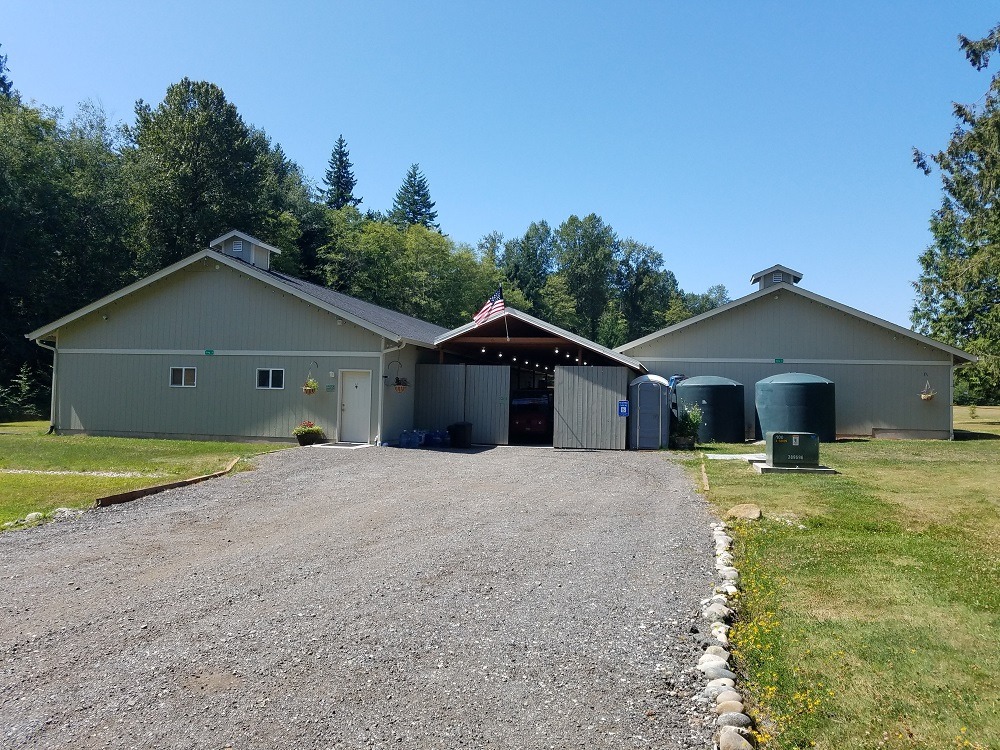
17 Mar Red Flags
If this industry were portrayed in satire, the government agencies would be the bumbling culprits getting in the way, licensees would be the damsels in distress with no hero in sight, and regulations with unintended consequences would be the pesky fairy people.
We had our yearly unscheduled fire marshal inspection recently and were fully prepared for it — until he showed up. The first thing he noted was that our fire alarm system had no power! We didn’t even notice; he red-flagged us immediately. Until the issue was fixed, he wanted us to patrol our property perimeter each hour, 24 hours per day and record there was no fire detected.
The alarm monitoring company showed the system reported last at 1:32 a.m. that morning. Soon after, the batteries died. Sometime last winter, during a power outage, the alarm system switched to battery power and never reverted back to AC power. For months the batteries were the sole power source and they died the morning of our inspection; those pesky little fairy people were giggling at their folly. We had to replace the panel and batteries at the cost of $3,000.
Our second red flag was caused by our breezeway cover. I wrote in the April 2018 issue of Marijuana Venture that because the state does not consider our activities agricultural in nature, building departments are forcing factory (F1) building codes upon cannabis growers. We were approved to build two grow buildings under these strict codes and had to keep them under 3,000 square feet each to avoid sprinkler system requirements. (We are on a well so the pressure is not enough to support sprinklers.)
Prior to last winter, we needed to cover the 20-foot breezeway between the buildings so equipment and workers would be protected from the weather. The guys built a solid cover of pressure-treated wood and aluminum roofing that drains into the existing gutters. It works beautifully, but the fire marshal saw it as bridging the two buildings and pushing the combined covered area to 7,400 square feet, which requires sprinklers.
Ironically, two days after our inspection a water works project in our area surprisingly installed a fire hydrant right in front of our property (the fairy folks are taunting us). We now have the option to see if it has enough pressure for sprinklers. If so, we anticipate a minimum $30,000 to make it happen. Or we have to take down the cover and work in the freezing rain and snow. Easy decision if we could apply for a small business loan …
Neither of those red flags would be a problem if the state treated us as agriculture. Farmers can build nearly any type of structure on their land and not be concerned with square footage limitations, fire alarms, sprinklers or a host of costs that F1 codes cause.
Applying factory codes to cannabis growers, then taxing us as if we are manufacturing, is blatant over-regulation and over-taxation. Costly regulations make it nearly impossible to compete with an unregulated market that follows no codes, abides by no regulations and pays no taxes.
The tragedy of this satire is there is no turning back to scene one. Licensees must be our own heroes and push back on the agency regulations and tax structures that impede business. We must save ourselves before the legal cannabis experiment falters for more and more licensees. The show must go on!


